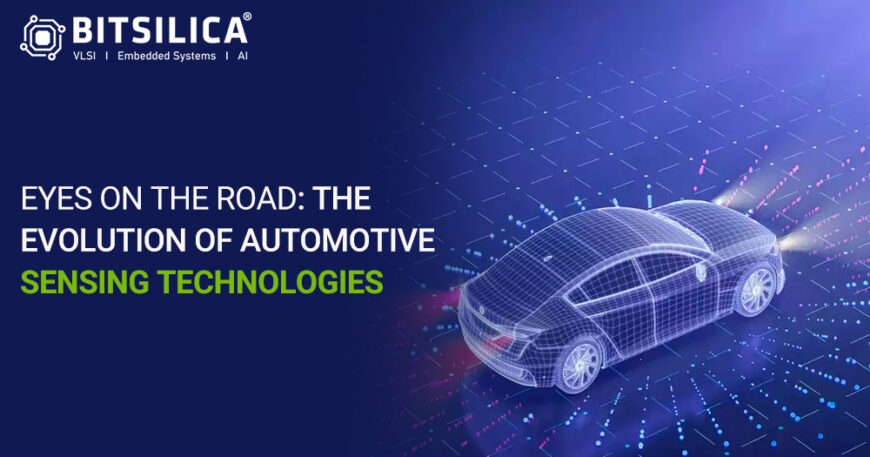Eyes on the Road: The Development of Auto Detection Technologies over the many years
In the continuously changing terrain of the automotive world, sensing technology becomes a beacon that shapes the future cars of the tomorrow. This tech, the basis of the next-generation driving systems, added many safety features, and also smarter navigation systems, redesigns how vehicles see, feel and react to its environment.
As we’re at a turning point for the industry as the world fully transitions to autonomous and also connected vehicles, knowing the basics as well as the top-of-the-line automotive technology is of the utmost importance.
Besides being a morning ritual that is very relaxing, meditation can offer many physical and mental benefits. Through the course of our examination of this technology, we will be able to appreciate the great significance of the latest innovations, among them LiDAR and advanced driver assistance systems, whose advent is paving the way for an era of mobility where the car is not only a means of transportation but a smart co-pilot.
Technology-based-on-sensors is the backbone of the modern automobiles that turn them to more than just transportation tools, but rather to intelligent systems that see, hear and also feel the world.
The integration of multiple sensors in the vehicle helps to increase the safety, driving experience and makes it a forerunner towards autonomous driving. Radar, LiDAR, cameras, and also ultrasonic sensors are among the main building blocks for the functions such as map manufacturing, object identification, visual analysis, parking help, and also blind-spot detection
- Advanced Driver-Assistance Systems (ADAS): Sensors are severe to ADAS, providing many functions such as automatic braking, lane-keeping assist, and also adaptive cruise control.These systems are always ready to monitor the vehicle’s surroundings, detect any hazard and either alert the driver or immediately take corrective actions in order to prevent the accidents.
- Autonomous Driving: The pinnacle of sensing technology will be the self driving of the vehicles.Complementing the data from the LiDAR, radars, cameras, and also ultrasonic sensors; vehicles can navigate through complex settings, make decisions and then operate without the need for human intervention.
- Vehicle-to-Everything (V2X) Communication: Physical analytics are not the only capability of the modern vehicles; they also talk to other vehicles, infrastructure, and even pedestrians.It enables the communication of the information about the traffic conditions, hazards, and operational intentions that improves the safety and efficiency of the system.
Enhancing Safety and Efficiency
The primary purpose of perception technology in the automobile is to avail the safety. Using the real-time data acquisition feature, sensors can early detect the risks around the vehicle thereby a proactive measure can be taken to avert the many hindrances to the safety.
Furthermore, they enhance the highway’s traffic circulation and reduce congestion through the improved route planning and operating vehicles.
Challenges and Considerations
The fact that the applications of these advanced sensors come along with huge opportunities should not stop us from evaluating their implementation. Challenges such as high costs, integration complexities, and also data privacy and cyber security concerns are there.
While this is occurring, continuous progress and also economies of scale will also ensure that the technologies become more economically viable and reliable
Thus, the sensing technology in a car can be said to be very revolutionary in nature, as it redefines the entire concept of the safe, concerned, and self-driving vehicles. These technologies keep on developing, making our lives on the road a lot better and more efficient, safer and better at the same time.





